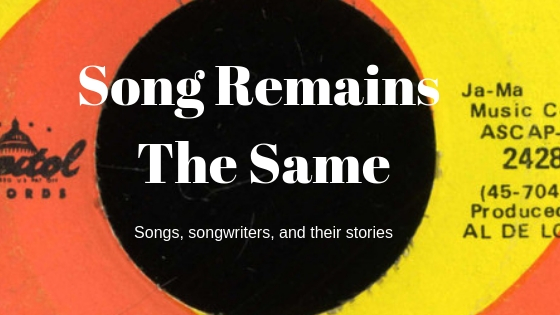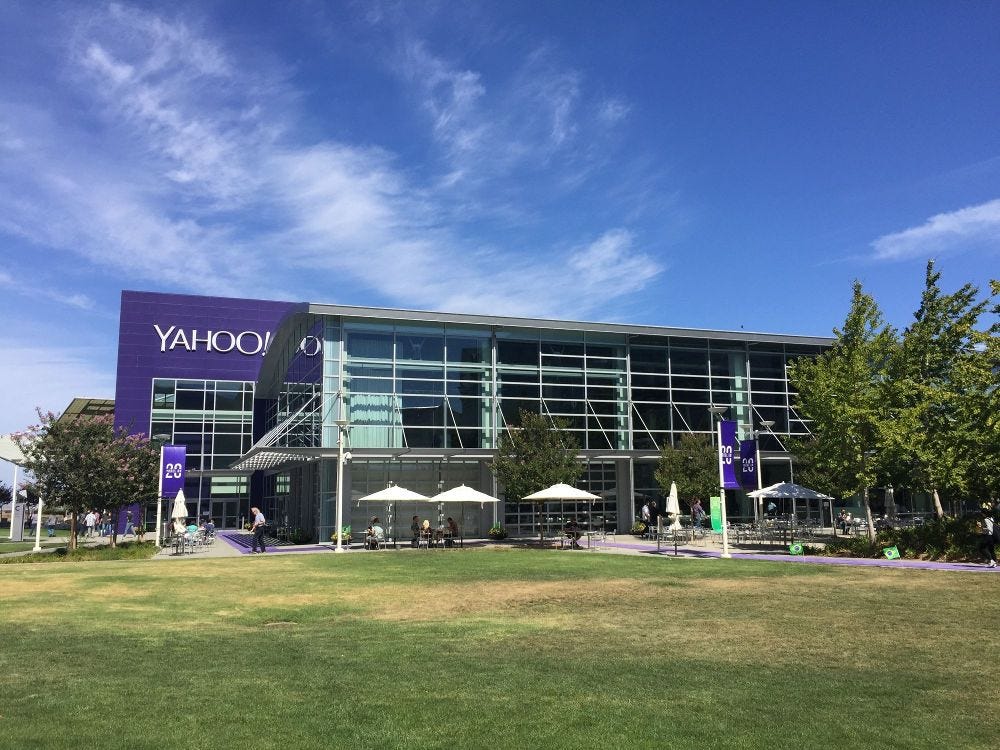
by Marshall Bowden
San Jose has engaged in a new marketing campaign and now they have gotten themselves a new theme song. It’s called ‘San Jose’ and it is performed by a New Zealander with the unlikely name of Grace Kelly.
Wait, I hear you saying. Doesn’t San Jose already have a theme song? Isn’t there something about a great big freeway, and having lots of friends and…
The song “Do You Know the Way to San Jose” has been the city’s unofficial theme for fifty years (it was released in 1968). Written by Burt Bacharach and lyricist Hal David it was recorded by Dionne Warwick and became a hit single in 1968. Ever since then, it’s been the song most associated with San Jose.
I mean, what would be the number two song associated with San Jose? It’s not as though people are breaking down the doors to write songs about California’s third-largest city, a sprawling mass that forms the heart and what passes for a soul of silicon valley? Being the subject of such an enormous hit song, it’s not likely that lightning will strike twice. Not unless you’re New York, or Chicago, or New Orleans, or San Jose’s nearby sister, L.A.
Does anyone really expect there to be another ode to Galveston? Another ‘By the Time I Get to Phoenix” or “Wichita Lineman”?
The story on Ms. Kelly, it turns out, is that her father moved to San Jose when she was 8 years old and spent time there in the form of a couple of summer vacations before he moved back two years ago. The song was produced in Nashville. This new official city song is a campaign created by a marketing company to market San Jose as a tourist and business convention destination.
Not that I blame them for commissioning a song. Cities sometimes go a little off-range when they pick songs from those that are already popular. For every “Chicago” and “New York New York” there’s a “Leaving Las Vegas” or an “Atlantic City.” Yet even a song that doesn’t necessarily paint a town in the most positive light can find itself adopted as that town’s song. It’s as though just the mention of the city’s name destroys all rational thought processes and makes it impossible for people to hear the lyrics to the damn song.
Speaking of which, “Do You Know the Way to San Jose?” paints the city in the gorgeous glow of remembrance by a native daughter who is returning home after dreams of stardom didn’t work out. She went to L.A. to be a movie star or a singer or maybe a model: ‘weeks turn into years, how quick they fly/And all the stars/who never were/are parking cars and pumping gas.”
The song tells us that San Jose is freer, with more room to breathe. The singer is from there and she can’t wait to go back to where she has friends and support, somewhere that feels like home. But ultimately it’s just as much about her existential crisis in L.A. where she comes face to face with her own loneliness:
Fame and fortune is a magnet
It can pull you far away from home
With a dream in your heart you’re never alone
Dreams turn into dust and blow away
And there you are without a friend
You pack your car and ride away
Dionne Warwick has revealed in recent interviews that she didn’t like the song because of Hal David’s liberal use of ‘whoa-whoa-whoa’ in the breezy pop samba number. But of course she did record it, swayed by David and Bacharach’s love for the song, and it was another in a long string of hits for the trio.
San Jose was pretty breezy and open back in 1968 when the disc drive was invented at IBM’s Cottle Road Manufacturing facility in the city’s Santa Teresa neighborhood. Until the 60s it was an agricultural community with so many fruit orchards that it earned the nickname The Valley of Heart’s Delight. By the 1970s they were mostly gone, replaced by San Jose’s urban sprawl.
Back in 1999, I interviewed at Yahoo’s headquarters in Sunnyvale, which borders right on San Jose. I don’t recall the job title, but it had to do with website usage and layout. I walked through the Yahoo campus where workers wore shorts and Birkenstocks and had lunch in their commissary. I remember telling one of my interviewers that working there was living the dream. But the dream clearly had limits. Things were congested in San Jose, Sunnyvale, and all the communities comprising Silicon Valley. People left for work and drove home from work in staggered shifts in order to facilitate getting anywhere in any decent amount of time and to save on gas.

At my interview, I was told that besides for salary, Yahoo awarded its workers with generous stock options. Unfortunately, there was so little housing available in the area that people spent more than half their paychecks on housing and made do with what was left. At the end of a year or more they cashed in some stock options to afford to live. This was my first encounter with the idea of a salary that doesn’t cover basic living expenses.
But it was beautiful. The early morning haze would burn off to reveal perfection. I remember standing in the airport waiting to board my flight home the next day. Looking out of the floor to ceiling windows at the mountains that were not far away at all, I remember thinking ‘yeah, I could live here.’ I started to play with the idea of being a Californian, working at convincing myself that this would be the life I had always wanted. I couldn’t help but hum “Do You Know the Way to San Jose?” to myself.
I had doubts, but in the end, I didn’t have to make a decision. I wasn’t offered the job. I returned to my Midwestern life and closed the door on my West Coast dream. A year later California was facing rolling blackouts amid an intense electricity crisis. I imagined living somewhere new, with no real support network, barely able to pay for whatever housing I could find, working extremely hard and cashing in stock options with an erratic electric grid to boot. I was pretty happy that I, like the singer of Hal David’s lyrics, had gone home.
The new San Jose song, merely titled ‘San Jose’ is the song of an outsider, like myself. It’s designed to make everyone fall in love with the city. It’s a corporate country-sounding recording and the lyrics are a little weak in that it really just touts San Jose as a great place that holds special memories for Kelly, but it is still Second City. “Home will always be New Zealand/But San Jose gives me that feeling.” I can’t help but wonder if Kelly would have developed the same warm feelings towards Boston or Edinburgh or Stockholm if she’d spent these same years there.
The song’s imagery is generic as only a piece of marketing can be, name-checking The Mountain Winery, Willow Glen, and the city’s light rail system. It paints a picture that’s touristy, privileged, and less diverse than reality. In fact, some local musicians and artists have complained that the city’s indigenous artistic community wasn’t featured or even consulted about the promotions. Of course, Bacharach and David didn’t consult anyone when they wrote “Do You Know the Way to San Jose?” either. But then again, no one hired them to write it.
I get that, I really do. But let’s face it: cities and states are constantly marketing themselves to people in other cities and states, and they all hire a marketing firm to put their campaigns together. And they paint the picture that sells that region to a specific demographic: skiing, gambling, dining, hiking, camping, antiquing, whatever the case may be.
America has already become enough of a homogeneous Main Street, Inc. with the same storefronts, same restaurants, same big box stores. When I walk into a local Under Armour Outlet store I’m still twice as likely to hear music by Blake Shelton or Carrie Underwood as Red Hot Chili Peppers or the Grateful Dead, regardless of where it is. There are also fewer and fewer visual cues that point out the region I’m in. Our regional differences disappear even as we grow more separated. You don’t necessarily travel to the East coast to see covered bridges, but while you’re there you kind of expect to see some.
What I think is going to happen is that “San Jose” (the song) will go on its merry way and a year from now no one will the thinking or talking about it at all. But across the country, radio dials tuned to classic rock and vintage pop stations (whether regular broadcast or Sirius) will still present listeners with “Do You Know the Way to San Jose?” and those listeners will still be whistling along to the snappy little tune about San Jose that has represented it well for decades.
San Jose:: Santa Clara Valley was more know for it’s “pit fruits” (i.e. cherries, prunes, apricots) than apples. If you ever write about the Valley of Heart’s Delight again, please use “fruit orchards” because the the huge variety of fruits that was grown here (and walnuts) up until the 70s.
Other then that, good article.
Hi, Yvonne. Thanks so much for reading the piece and taking the time to comment. I have edited the article as you suggested, using ‘fruit orchards’ in place of the previous apple. My statement was based on faulty research, but no one can tell you about the history of a place like the people who come from that place, and I appreciate that you and Phil both took time to educate me on this topic.
Article truly written by an outsider. San Jose never had “apple orchards”. Apricots, peaches, pears and of course prunes but no apples. Wrong climate for apples.
Hi, Phil. Thanks for taking the time to read the article and to comment. I stand corrected. Per Yvonne’s comment below, I have edited the piece to read ‘fruit orchards.’
[…] Note to all: Dionne never liked his “Do You Know the Way to San Jose,” and was never a fan of the “whoa, whoa, whoa, […]
Hey, there was another song written for the San Jose Centennial I believe. It was called. Yes I know the way to San Jose I think. Here are some of the lyrics as I remember, yes, I know you bet I know the way to San Jose I remember the groovy places it was written by a Japanese composer from the sister city of San Jose. I remember we had to learn it and play it In our band for a festival. Anybody have any information on that? I’ve tried to track it down with no luck.